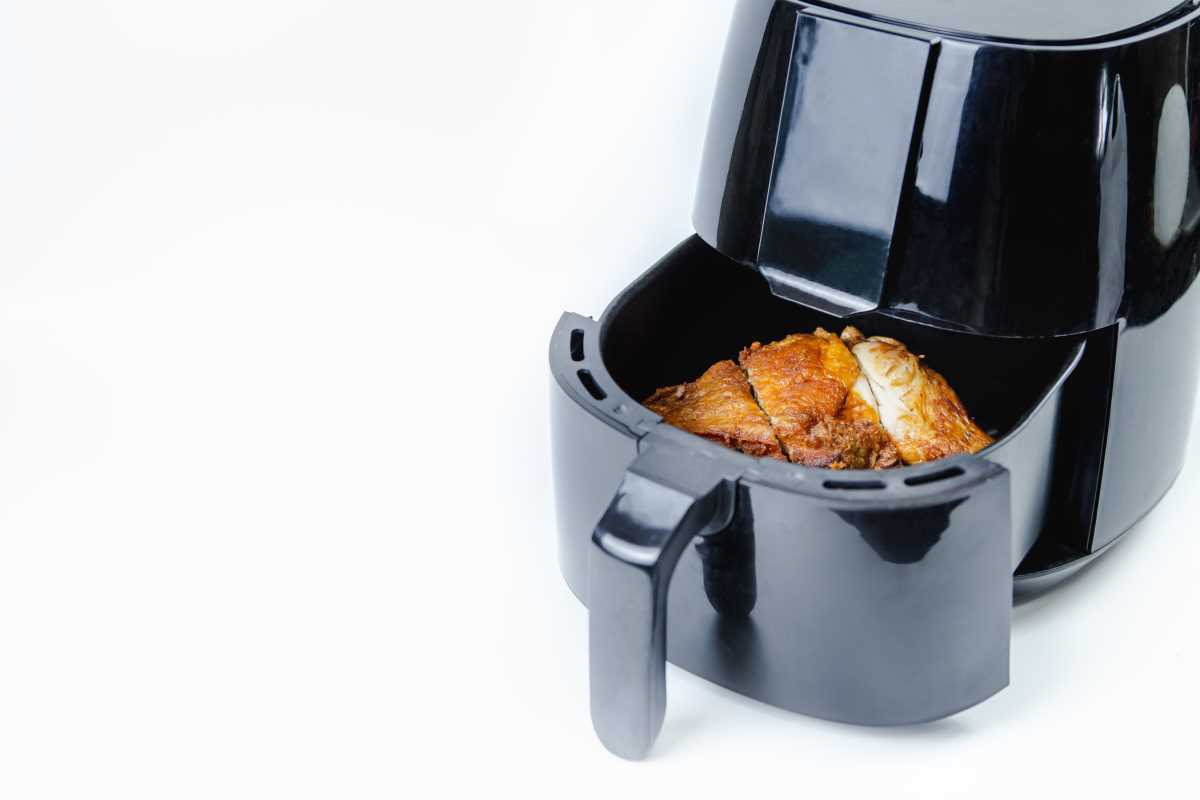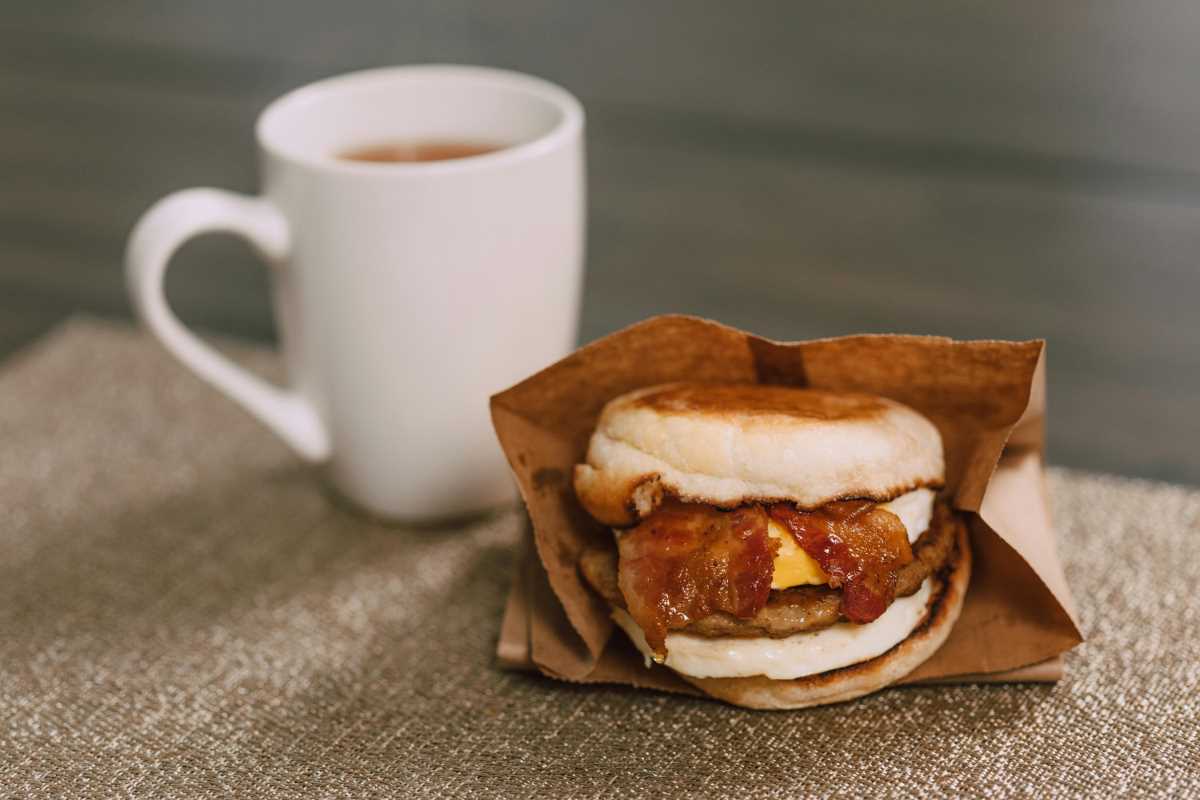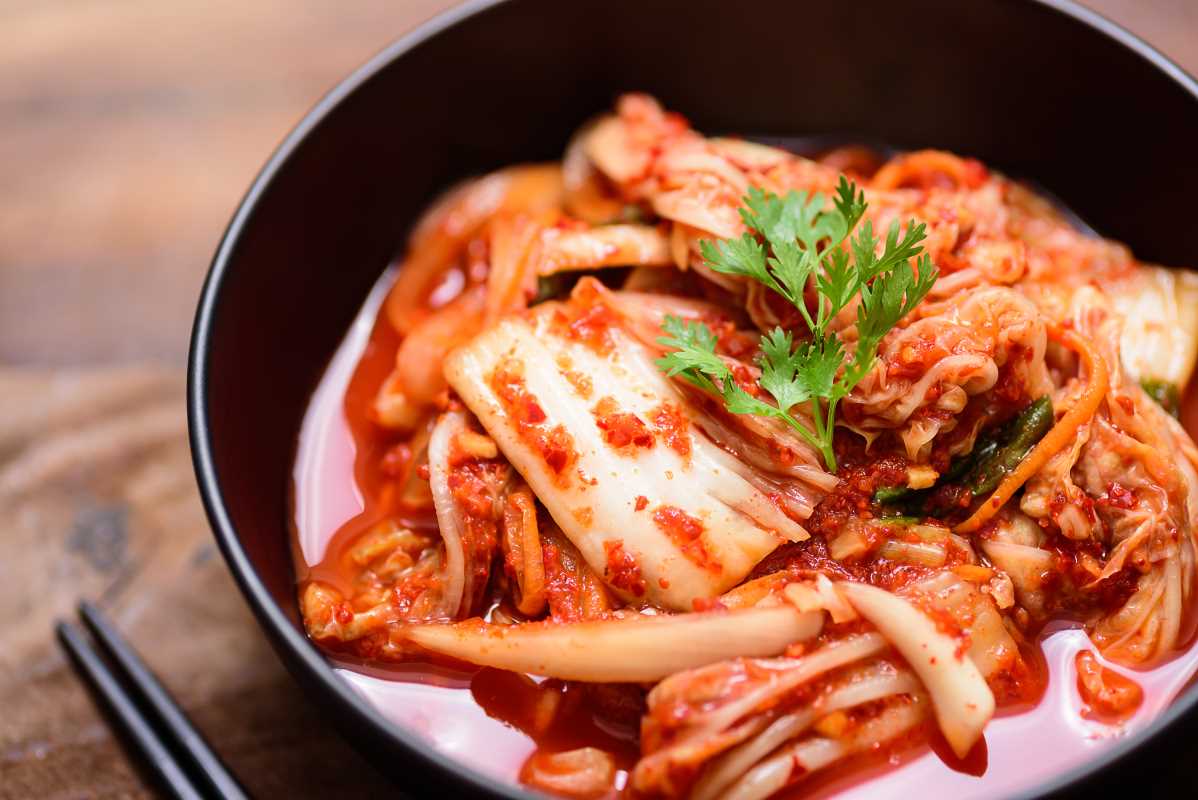There’s something deeply satisfying about baking your own sourdough bread, and it all begins with one essential ingredient: a sourdough starter. This living culture of flour and water is the key to crafting bread with that signature tangy flavor and airy texture. If you’re new to sourdough, creating your starter might seem intimidating. But don’t worry; it’s simpler than you think. All you need are two ingredients, a warm space, and a bit of patience. While the process typically takes about a week, it’s important to know that it could extend to two weeks or more depending on your environment. Stick with it, and you’ll have a thriving starter that could last for years. This guide will walk you through the process, troubleshoot common issues, and explain the fascinating science behind sourdough starters.
What Is a Sourdough Starter?
Instead of using commercial yeast like most breads, sourdough bread requires a naturally fermented starter to rise. A sourdough starter is essentially a live fermented culture of flour and water. It acts as a natural leavening agent, capturing wild yeast and bacteria from your environment and the flour itself. Together, these microbes help your bread rise and develop its complex flavor.
Here’s the science in simple terms. Yeast produces carbon dioxide, which creates air pockets that make your bread light and fluffy. Meanwhile, the bacteria produce acids, giving sourdough its pleasant tanginess. This symbiotic relationship forms a mini ecosystem in your jar. These acids also act as natural preservatives, extending the shelf life of your bread.
Unlike commercial yeast, a sourdough starter takes time to become active. Once established, it’s like a kitchen pet that thrives on regular feedings and can be used for countless loaves of bread.
Why Make Your Own Starter?
Nothing beats the flavor and texture of sourdough made from a natural starter. It’s richer, more nuanced, and often easier to digest thanks to the bacteria’s ability to break down gluten and other components in the flour. Nurturing a starter from scratch is deeply rewarding. You’re cultivating a living thing that has the power to transform basic ingredients into amazing bread.
What You'll Need
Creating a starter is refreshingly simple. You’ll need just two ingredients and a few basic tools.
- Flour: Start with whole wheat or rye flour, which has more nutrients to kickstart fermentation. You can transition to all-purpose flour once your starter is established.
- Water: Use filtered or distilled water, if possible, to avoid chlorine, which can hinder microbial growth.
- A jar or container: A glass jar works well. Ensure it’s large enough to accommodate growth (at least double the mixture’s volume).
- A mixing utensil and optional kitchen scale for accuracy.
Step-by-Step Instructions
Day 1
- Combine ½ cup whole wheat flour and ¼ cup water in your jar. Mix until smooth, aiming for a consistency similar to thick pancake batter. If it feels too stiff or runny, you can adjust the water slightly.
- Cover the jar loosely (a cloth or a lid left slightly ajar works) to allow airflow. Place it in a warm, draft-free spot, ideally between 75-85°F.
Day 2
- Check for activity. You may notice a few bubbles or a subtle aroma, but it’s also normal to see no activity yet.
- Stir your starter to introduce fresh air and encourage microbial growth.
Days 3-7 (or longer)
- Discard half of your starter because it’s not suitable for recipes yet as it’s too immature (yes, just toss it). Add ½ cup fresh flour and ¼ cup water to the remaining starter.
- Stir well and ensure the consistency is similar to smooth pancake batter. If you switched to all-purpose flour during feedings, note that activity may temporarily slow as the starter adjusts.
- Continue feeding and stirring daily. By Day 5 or so, you should start seeing more bubbles, a sour smell, and noticeable growth after each feeding.
When Is Your Starter Ready?
Your starter is ready to use when it doubles in size within 4-6 hours of feeding, has a pleasant tangy smell, and is bubbly throughout. However, if this doesn’t happen by Day 7, don’t worry. Some starters take up to two weeks to fully develop. Once it's ready, you can start baking sourdough bread whenever you want.
Troubleshooting
Even with care, starters sometimes hit bumps along the way. Here’s how to resolve common issues:
- No activity by Day 4? Check your temperature. A warmer environment (around 75-85°F) can make all the difference. Whole wheat or rye flour can also help jumpstart a sluggish starter.
- Smells like nail polish or acetone? This can happen if your starter is hungry. Discard half and feed it more frequently for a few days to rebalance the acidity.
- Too watery or too thick? Adjust the water or flour to maintain a consistency like thick pancake batter. Different flours absorb water differently, so some tweaking is normal.
- Switching flour types? It’s natural for activity to slow temporarily when transitioning from whole wheat to all-purpose flour. Stick with consistent feeding, and your starter will adjust.
Maintaining Your Starter
Once your starter is active, you’ll need to maintain it. Here’s how:
- At Room Temperature: If you plan to bake often, feed it daily with equal parts flour and water (by weight).
- Refrigerated: For less frequent baking, store your starter in the fridge. Feed it weekly to keep it alive. When ready to bake, bring it to room temperature and feed it a couple of times to activate it.
Think of maintaining a starter as feeding a tiny ecosystem. By removing half and replenishing it with fresh flour and water, you keep the balance of microbes healthy and thriving.
Creating a sourdough starter from scratch is a rewarding experience that connects you to the age-old tradition of breadmaking. Follow these steps and you’ll soon have a bubbly, resilient starter that can power your baking adventures for years to come.
.jpeg) (Image via
(Image via





